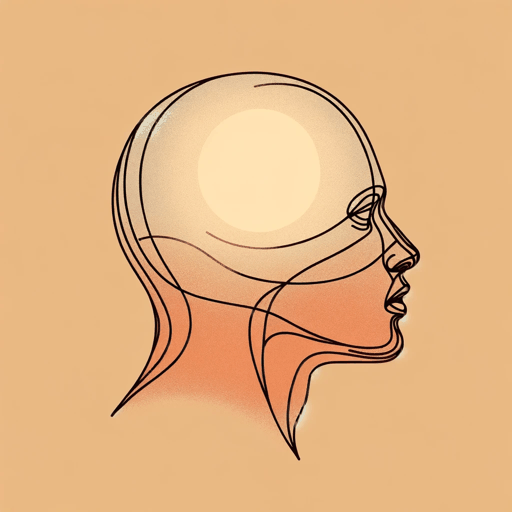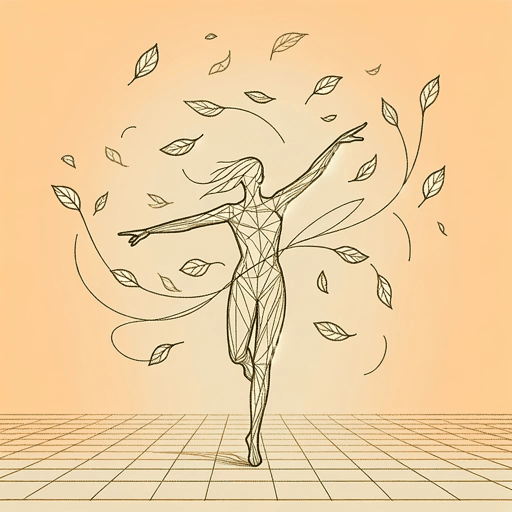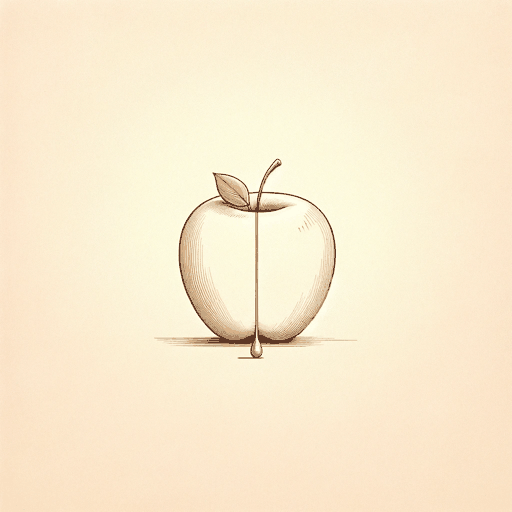19 pages • 38 minutes read
Lucille Cliftonwishes for sons
Fiction | Poem | Adult | Published in 1987A modern alternative to SparkNotes and CliffsNotes, SuperSummary offers high-quality Study Guides with detailed chapter summaries and analysis of major themes, characters, and more.
Background
Historical Context
The Black Arts Movement of the 1960s was the cultural subsect of the Black Power Movement, focusing on the creation of music, literature, drama, and various visual arts by Black artists and intellectuals. Participants of the Black Arts Movement shared similar ideologies of self-determination and Black pride, creating art in direct response to the Black community’s struggle for rights and liberation in 1960s-1970s America. Author and activist Cheryl Clarke writes in her novel After Mecca: Women Poets and The Black Arts Movement that:
Black women were key poets, theorists, and revolutionists during the era of the new black consciousness movement of the late twentieth century, but they had been integral voices since the time when Phillis Wheatley (1774) and Maria M. Stewart (1832) claimed the public and intellectual spheres for African women in North America (Clarke, Cheryl. After Mecca: Women Poets and the Black Arts Movement. Rutgers University Press, 2006).
The emergence and subsequent prominence of Black poetry was pioneered by women like Gwendolyn Brooks, Audre Lorde, Alice Walker, and Lucille Clifton. For these writers,
poetry was a principal instrument of political education about the new blackness […] the experimentalism of new black poetry, its critique of Western canonical constructions, its revision of African American literary and cultural conventions, and its visionary salience set it apart from the work of the previous generation (Clarke, Cheryl.
Related Titles
By Lucille Clifton
Featured Collections
Books on Justice & Injustice
View Collection
Challenging Authority
View Collection
Childhood & Youth
View Collection
Coming-of-Age Journeys
View Collection
Equality
View Collection
Fear
View Collection
Feminist Reads
View Collection
Mothers
View Collection
Poems of Conflict
View Collection
Poetry: Perseverance
View Collection
Power
View Collection
Pride & Shame
View Collection
Short Poems
View Collection
The Best of "Best Book" Lists
View Collection
Valentine's Day Reads: The Theme of Love
View Collection






